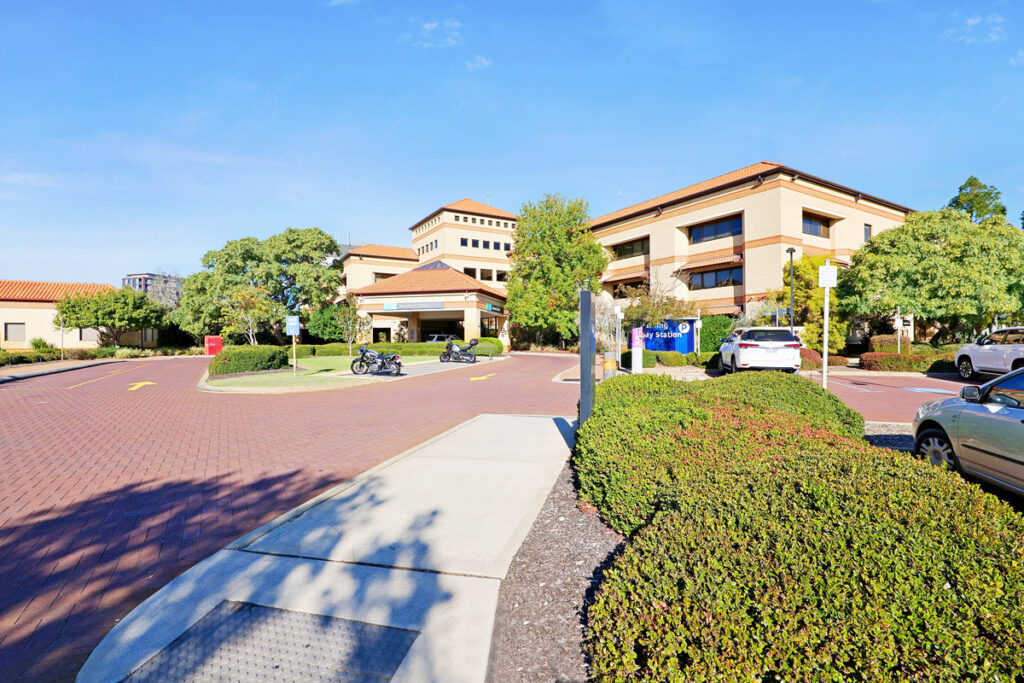In the ever-evolving landscape of real estate investment, neighbourhood shopping centres have emerged as a stable and profitable choice. Neighbourhood shopping centres, anchored by supermarkets and a range of other non-discretionary retailers, offer investors unique advantages, especially following COVID-19’s impact on consumer behaviour. The pandemic changed the way we shop, with many choosing their local shopping centre over large, commercial hubs riddled with people on busy roads and public transport networks. Time poor Australians are going local, as well as continuing to utilise online outlets for non-essentials. With consumer habits evolving, neighbourhood shopping centres are thriving.
Catering to Everyday Needs
Neighbourhood shopping centres are typically located in high density residential areas and cater to the basic day-to-day retail needs of the community. From grocery stores to pharmacies to personal services, these centres present a diverse mix of tenants. This tenant diversity leads to a steady flow of customers throughout the day, making the centres less susceptible to economic downturns and ensuring a consistent income stream for investors. The mix of retail spaces in these precincts can also cater for several different business shapes, sizes and needs.
Flexibility in a Post-Pandemic World
The COVID-19 pandemic has resulted in a significant shift in work patterns, with more people having the flexibility to work remotely. Data from 2023 indicates that more than 60 per cent of Australian workers agree that their job provides them with the flexibility to control their schedule. This shift has increased local patronage of neighbourhood shopping centres as residents can now shop during the day, avoiding peak hour rushes. This change in customer behaviour has led to increased foot traffic and sales, further enhancing the attractiveness of these centres to investors.
Convenience and Accessibility
One of the key selling points of neighbourhood shopping centres is their convenience and accessibility. The ability to park right outside the centre and quickly duck in is a significant drawcard for consumers, especially in today’s fast-paced world where time is of the essence. This convenience factor, coupled with the locality, can build customer loyalty and regular patronage, contributing to the overall investment appeal.
Sustainable Investment
With a typical total gross lettable area of retail less than 10,000 square metres, neighbourhood shopping centres are smaller-scale investments compared to larger shopping malls. The compact size of these investments is an advantage as it keeps maintenance and operational costs down, ensuring higher net returns for investors. These centres are also inherently more sustainable due to their integration within residential areas, minimising the need for extensive transport and infrastructure development.
Future Growth Potential
The investment value of neighbourhood shopping centres is further bolstered by their future growth potential. The trend towards localisation is likely to persist in the foreseeable future as people avoid congestion, work remotely and look to spend more time near home. With consumers continuing to seek convenience and proximity to their shopping experiences, the demand for local shopping centres is set to increase.
As the retail market continues its post-pandemic recovery, neighbourhood shopping centres represent a compelling investment opportunity. Their resilience, convenience, adaptability to changing consumer behaviour and future growth potential make them a strong contender for inclusion in any diversified real estate investment portfolio.
Want to be a part of the retail revolution? Get in touch with us today.









